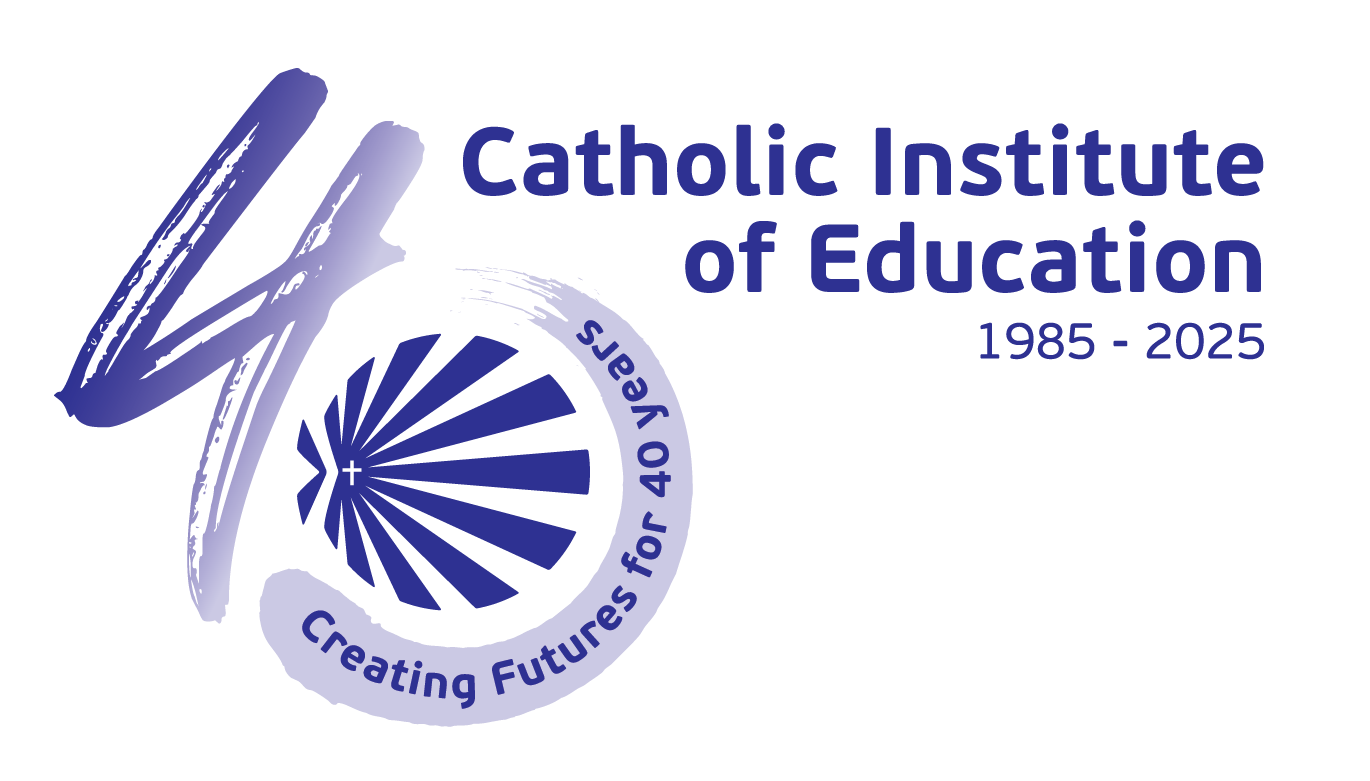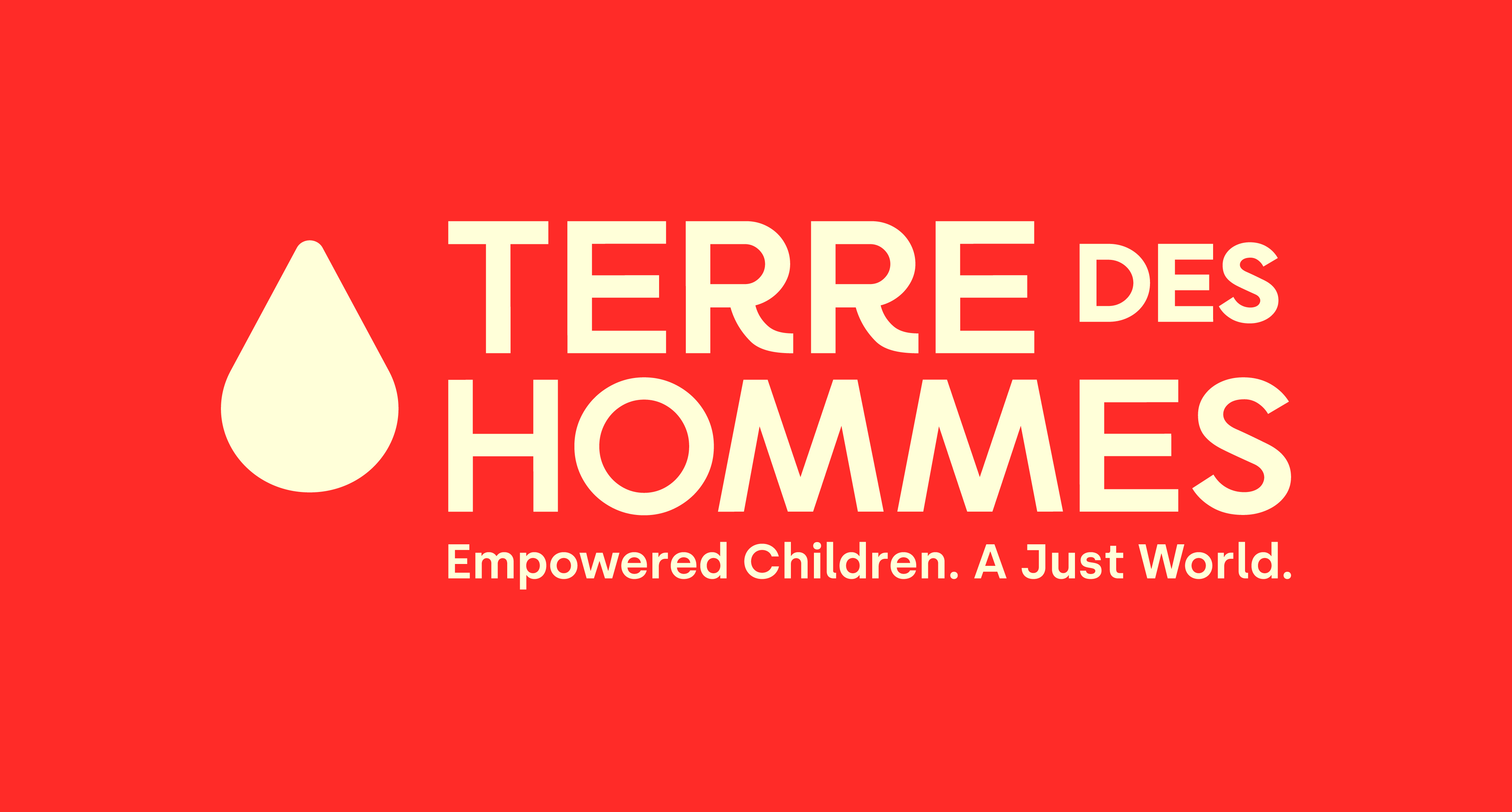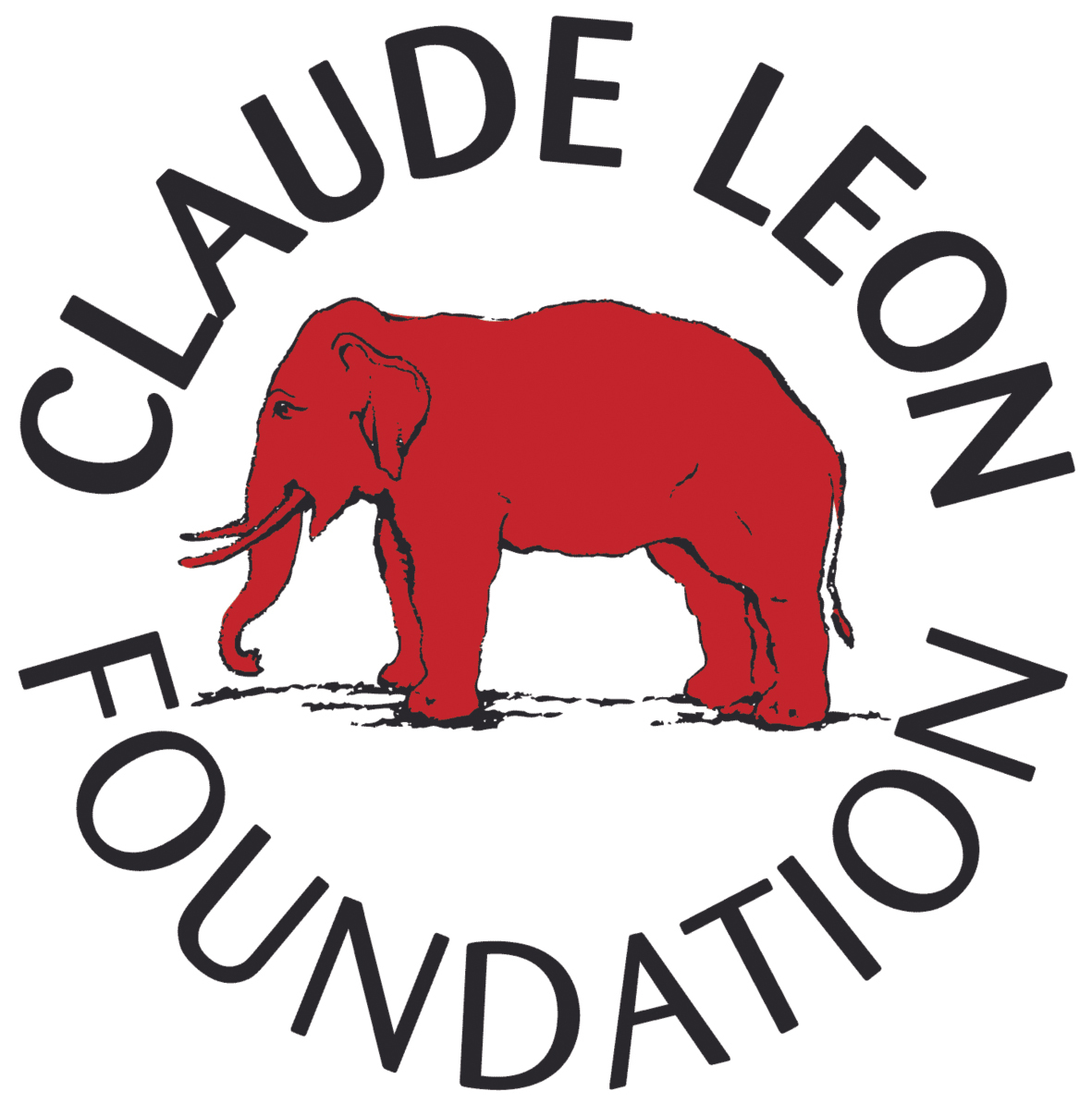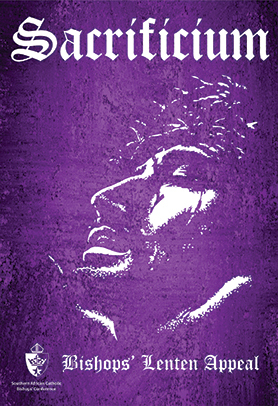Draft Core Curriculum Statement
Two main factors have led to the necessity of developing a core curriculum for Religious Education in South African Catholic schools. In the first place, current policy from the South African Catholic Bishops gives very broad guidelines which essentially leaves curriculum in the hands of individual school boards and governing bodies. A second factor – rather onerous demands of the State Curriculum together with the marginalisation of religion in this curriculum – leads to the neglect and demise of Religious Education in some of the schools.
The Core Curriculum statements are available on the Religious Education Resources page. Click the links below.
Download the Draft Core Curriculum Statement (Grade R-7)
Download the Draft Core Curriculum Statement (Grade 8-12)
The two statements are accompanied by suggested programmes from Lifebound (Gr R-7) and CORD (Gr 8-12) which will cover the core curriculum. These are also available on the Resources page.
Suggested Programmes
To meet the requirements of the Draft Core Curriculum Statement, teachers of Religious Education can either develop their own programmes and lessons, or they can choose to use the core programmes of 32 lessons per year drawn from Lifebound and CORD. These programmes and lesson plans can be downloaded from the RE Resources page. The programmes identify a single lesson per teaching week of the year, aligning them where feasible with religious festivals.
Curriculum processes
The curriculum for Religious Education in South African Catholic schools weaves together a number of processes to create a holistic programme. Both the primary school curriculum Lifebound and the secondary school curriculum CORD take these processes into consideration.
1. Education by Environment (Ethos)
The Catholic School is an Environment. The whole way in which a school runs has a power to teach without words. The Christian message has to be experienced before it can be heard. This section therefore takes place among the staff members particularly through various renewal and development programmes. It is not a classroom process.
2. Theological Education
Theology is faith seeking understanding. It is a process of seeing and searching to form an overall picture of life with God in the centre. We inherit the Church's vision and vocabulary as our starting point and we are invited to play our part in developing that vision and vocabulary further.
3. Spiritual Education
Spiritual Education strives to bring the person through experience to the realisation of God's existence, presence and loving concern for each human being, and to alertness to the Lord's action and voice in our lives. It is the cultivation of the person's spiritual faculties and powers.
4. Prayer Education
The emphasis here is to help the pupils in the development of their personal relationships with God by inspiring right attitudes and leading them further in the art of praying.
5. Liturgical Education
The previous process emphasised personal prayer. In this process we concentrate on public prayer and worship, aiming to lead the pupils year by year more fully into an understanding and practice of the Church's liturgical and sacramental life.
6. Education by Arts
In the Middle Ages of Europe, when very few had the opportunity of education, the people's Bible was the stained-glass window. Through responding to the arts and through creating art, this process aims to awaken in the pupils an awareness of mystery within which religious insight and understanding can develop.
7. Education by Story
Story has a wonderful power to educate, and Religion is a world of story. God may be described as a character we have to recognise in our personal and communal stories. So this process aims to facilitate the pupils' encounter with a wide range of relevant stories, and to encourage in them the telling of their own stories.
8. Scriptural Education
The Scriptures are the story of Israel, specially chosen among the nations. Scriptural Education aims to develop an understanding of what Scripture is, and a knowledge of what the Bible contains. It also aims to foster a personal reading of Scripture and a response to what is read.
9. Education by Models
A model is someone whom we admire and strive to imitate. This process introduces pupils to a variety of models in order to inspire and encourage them to pick up Christ's challenge: Be perfect as your Father in heaven is perfect.
10. Philosophical Education
Philosophical Education is about wisdom. The process aims to help pupils in their thinking coherently about the deeper realities of life. It aims to develop their faith vision in the light of the words and life of Jesus, and other men and women with deep insight and experience.
11. Personal Moral Education
Morality is a fully human ordering of life that enables all to live a fully human life. Morality asks the questions: Who/What is the human being? How ought she or he to live? The goal of moral education is moral maturity, and this means the ability to make choices with a formed and informed conscience.
12. Education in Structural Morality (Social Justice)
Structural Morality is concerned with institutionalised forms of discrimination against human dignity and oppression of human rights. It is about justice issues.
13. Education for Personal Growth and Relationships
The name of this process is self-explanatory. Pupils are helped progressively to discover their identity, to appreciate and integrate their own sexuality, and to understand what loving means in practice.
14. Education for Religious Community
Here the pupils are prepared for membership in their faith community. The process brings to them a vision of Church, a knowledge of its story, and an initial training for leadership and ministry.
15. Intensive Religious Education (Special Events)
This final process involves concentrated periods of time which are not part of the regular classroom RE. It takes various forms - class and group retreats, school missions, days of recollection, weekend experiences,, growth camps are some examples.
Outcomes
The following four statements give a description of the desired outcomes of Religious Education. The numbers in the round brackets identify the curriculum processes listed above. (Note, however, that 1 and 15 are not classroom processes.)
RE1. Spiritual Awareness (3,4,6,7)
The learner shows understanding and appreciation of the spiritual dimension of life, and of the ability of religion to answer deeper questions and needs.
RE2. Social Development (9,12)
The learner shows respect for the dignity of self, others, and the whole creation, and reaches out in compassionate service.
RE3. Personal Development (9,10,11,13)
The learner demonstrates growth in personal identity and relationships, and makes appropriate religious and moral decisions.
RE4. Religious Tradition (2,5,8,14)
The learner demonstrates knowledge and understanding of sacred writings, beliefs, teachings, and traditions of his/her faith community, and puts them into practice.
For available resources related to the curriculum, see RE Resources
Lifebound (Gr R-7) Primary School Curriculum
Welcome to Lifebound! This curriculum has been developed to facilitate a journey of the teacher into Religious Education, and of the learner into Life. Religion marks a pathway of commitment towards the fullness of Life, usually in company with others who form a community.
Lifebound, suggests a number of meanings. It can mean “on the way to life”, or, more literally, “bound to life”. Both these meanings apply to Religious Education, which aims to point the learner in the direction of life. And in order to do so it must be relevant, and to do with life. The word ‘religion’ itself means re-binding: religion is the means whereby we seek to re-attach ourselves to Life, our source. The idea of ‘binding’ also reflects the need for the seeker or believer to be committed.
The central symbol in the logo, the three-eared sheaf of wheat, represents the learner or teacher, developing in the light of Christ, firmly rooted in the soil of God, and drawing sustenance from the waters of the Spirit. The three ears reflect the human person, made in the image of God. It also suggests a rising to life through the cross of suffering.
THE DEVELOPMENT
The usefulness of Religious Education is much discussed today in a world that values tangible success above all other things. Little thought is given to the deeper and more enduring spiritual reality of human life that cannot be measured, but without which life loses its meaning and value. Catholic Education answers these doubts with a vibrant, interesting and relevant Religious Education curriculum that is designed to help learners discover their identity in God, and to empower them to participate with God in the creation of a “new heaven and a new earth” [Revelation 21:1].
Lifebound, in its first edition was the fruit of a seven-year process. Plans were laid as early as 1994. Countrywide consultation and teacher development workshops took place annually from 1995 to 1998 to gather ideas, to critique work in progress and to motivate the teaching of Religious Education from the new perspectives of a multi-religious and multi-cultural society, and of partnership with parents and faith communities. The process of curriculum development was participative, including teachers in all nine provinces. It emphasized growth and did not seek to impose. It was conceptualised as a journey of discovery and empowerment. Classroom materials were piloted in 56 schools in 1999, and the writing came to completion in June 2000.
Subsequently, the programme has been revised to take into consideration the Revised National Curriculum Statement (RNCS, 2002). The revision which took place from 2007-2010 has provided an opportunity to highlight the importance of meaningful assessment for the future of Religious Education in this country. The Teacher Handbooks are now offered as single volumes per grade rather than in four booklets – one per term – as was the case with the first edition.
USING THE GUIDE
The Lifebound Curriculum Guide, is designed to encourage reflection and discussion and to assist the school and the individual teacher in planning. If the school is to build a wholesome, relevant and solid Religious Education practice, it needs to find ways of developing its practice in communion with all sectors of the school community. Sections of the guide could form useful input at meetings, discussions and workshops that bring teaching staff, parents, pastors, and members of the governing body together.
While Lifebound has been developed for the network of Catholic schools in South Africa, it will be useful in public schools as well. Chapter 16 illustrates how the outcomes of this curriculum lend themselves to integration with the learning outcomes in the eight learning areas of the Revised National Curriculum Statement (2002).
TEACHER HANDBOOKS
Accompanying this guide is a set of Teacher Handbooks for Grade R to Grade 7. Lessons are worked out in full, and the necessary materials are contained in the handbooks themselves. The handbooks assumes that the teacher has a Bible for his or her own use, and that a photocopier is accessible for reproducing learner worksheets and handouts. A music resource, called Sing for Life and written in staff notation and tonic solfa is available as a separate resource.
The programmes developed for each Grade assume a minimum of two periods per week over 32 weeks. A total of 64 lessons are therefore developed in the Teacher Handbooks. However a wealth of further ideas are provided with each lesson for the teacher who has more time, or who would like to develop his/her own lesson differently to the way suggested.
The Teacher Handbooks also contain material for the teacher’s own reflection.
Lifebound Assessment Instruments
Assessment instruments designed for particular groups of lessons or for more general use can be downloaded from the RE Resources page.
Lifebound Worksheet Guides
These guides contain factual or suggested answers to the worksheets where necessary. In many instances, however, the worksheets call for open responses from learners and no suggestions are offered for these. They can be downloaded from the RE Resources page.
CORD (Gr 8- 12) Secondary School Curriculum
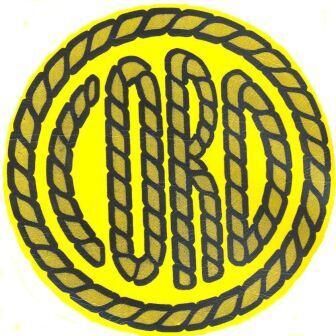
Curriculum Overview
The CORD Curriculum Overview incorporates basic practical helps in the form of:
- a set of questions and responses about the ORGANISATION of R.E.
- a BIRD'S-EYE-VIEW (or 'syllabus') of the whole programme
- a check-list of PRINCIPLES FOR R.E. PRACTICE
- a daily-preparation KEY
- a classified reference-list of 100 METHODS/TECHNIQUES/ ACTIVITIES
- a tentative FAITH-PROFILE of the Catholic-school-Leaver.
The CORD Curriculum recognises that Religious Education is a many-sided process not a monolithic block of theological material to be divided into packages. Hence it is conceptualised as a weaving together of the15 different strands or processes described above.
Lesson Handbook (Grade 8-12)
The CORD Lesson Handbook is designed, not to replace the CORD Curriculum, but to bring it closer to the reality of the classroom. The lesson plans and support materials are offered so that much of the teacher’s preparation is done for him/her. However, this does not mean that the teacher will not have to make decisions about what is possible in a particular situation – with respect to the suggested programme for the grade, and to each individual lesson in the programme.
An introduction to the Handbook describes key features of Religious Education in the Catholic School, and how it can be seen in relation to the National Curriculum in a practical way.
Each Handbook offers a programme of some 100 lessons or so, spread across the 13 classroom processes of the Curriculum. The processes are weighted according to the suggestions in the CORD Curriculum, but scaled down to the time required for RE according to the policy Fostering Hope – namely 2 hours or 3 periods weekly.
For each of the classroom processes the Handbook offers detailed lesson plans together with the necessary teacher and learner support material. The processes are separated by clearly labelled file dividers.
A students' book, a single volume entitled The Christian Story offers CORD'S Theological Education course from Grade 8 to 12. Lessons based on each chapter are part of the programme found in the digital Lesson Handbook. The Christian Story is designed as a resource for the student to become familiar with, and to keep.
The CORD Curriculum Overview and Lesson Handbook are available on CD and The Christian Story in print. Go to Publications.
National RE Tests
Between 2010 and 2017 – with the exception of 2013 during which feedback from teachers was sought – the CIE offered National Religious Education Tests for Grade 6 and Grade 9, the final years of Intermediate and Senior Phase respectively. These test were offered to Catholic schools throughout South Africa, aiming to encourage Religious Education in the schools, to signal the importance of assessment in Religious Education and to give participating schools some indication of their learners’ competence in this field. The test were to be seen as just one form of assessment and not intended to replace other forms of internal assessment.
These tests are now discontinued but are available together with memoranda on the RE Resources page. They can be used or adapted at any time as assessment instruments.
Common assessment tasks
You can download common assessment tasks from the RE Resources page. They are based on material from Lifebound (Grade 7) and CORD (Grades 8-11).
Religious Education & Life Orientation
Catholic schools face the dilemma of meeting the requirements of the Religious Education policy Fostering Hope and of the National Curriculum. In practice this means that Religious Education and the learning area Life Orientation compete for the same 2 hours of the school week. Innovative and creative strategies need to be developed so that the offering of Religious Education remains central to the school's curriculum without prejudicing the National Curriculum. We offer such a strategy which we call A Harmonious Marriage.
In practice, the harmonious implementation of Fostering Hope together with the requirements of the National Curriculum calls for creative planning and timetabling. To see the implications for religious Education that arise from the new Curriculum and Assessment Policy Statements (CAPS), click here.
Teachers in Catholic schools need to adopt a critical approach to the use of materials provided by the Department of Education, especially in the learning area Life Skills/Life Orientation, so that their teaching is in harmony with the school's Catholic vision. A document of the Catholic Schools Proprietors' Association (CaSPA), Sexuality Education Guidelines for Catholic Schools, provides guidelines on the use of sexuality education materials distributed or purchased in public schools.
